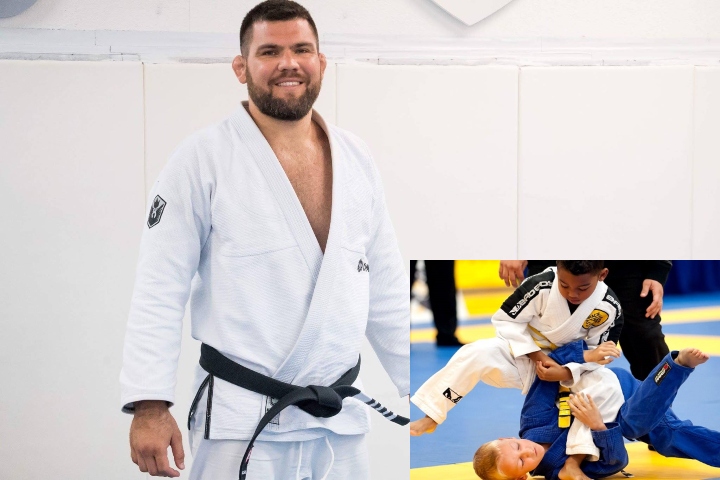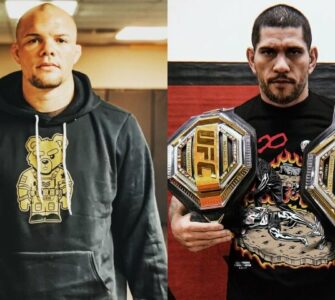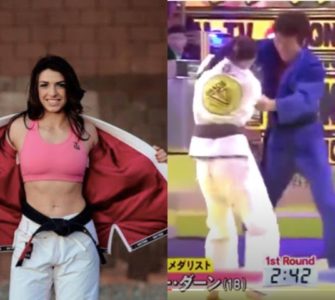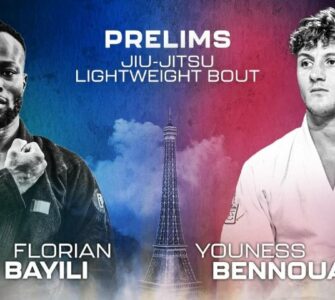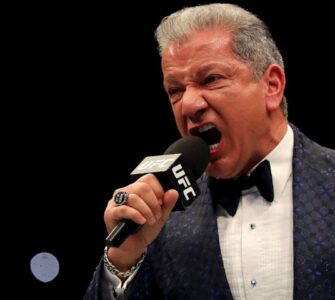Robert Drysdale, an ADCC and BJJ world champion, addressed the issue of disparity among black belts in the sport. In his discussion, Drysdale offered an intriguing perspective on why not all black belts are equal and proposed a potential solution to this problem.
The Dilemma of Inconsistent Standards
Drysdale observed that the standards for achieving a black belt in BJJ have fluctuated significantly. He noted, “The level has, in some ways, gone down a lot. In the 90s, a competent black belt could put up a fight in UFC proportionately, but today’s average black belt is not capable of that.” This comment sheds light on the varying levels of competency among BJJ black belts over time.
The Three-Tier Black Belt System
One of Drysdale’s key suggestions was the introduction of a three-tier system for black belts: practitioner, teacher, and fighter. He explained, “You can be two out of three or one out of three, but you’re not automatically the same.” This approach aims to differentiate the various skill sets and roles within the black belt community, acknowledging that not all black belts possess the same capabilities.
Recognizing Diversity in the BJJ Community
Drysdale acknowledged the broad spectrum of individuals who practice BJJ, from elderly enthusiasts to professional fighters. He remarked, “It’s awesome that Grandma’s training, but her and a seasoned competitor are not equals. There has to be some kind of hierarchy.” This statement highlights the need to distinguish between different levels of achievement and contribution within the art.
The Impact of Aging on BJJ Practitioners
Drysdale also reflected on the physical toll BJJ takes on the body over time. He shared his personal experience, stating, “Imagine someone just put sand inside your knees. That’s how I feel… I’m paying the bill now for the way I trained in my youth.” This insight underscores the physical challenges and limitations faced by aging martial artists.
Struggling with Identity and Physical Limitations
The conversation delved into Drysdale’s internal struggle with his changing identity as a fighter. He expressed, “It’s an identity crisis… I used to be able to mop people on the mats; now I need help getting up.” This candid admission speaks to the broader issue of how aging athletes cope with their evolving capabilities and self-perception.
Robert Drysdale’s discussion on the black belt problem in BJJ emphasizes the need for a more nuanced understanding and classification of black belt ranks. It also brings to light the physical and psychological challenges faced by practitioners as they age and evolve in the sport.

